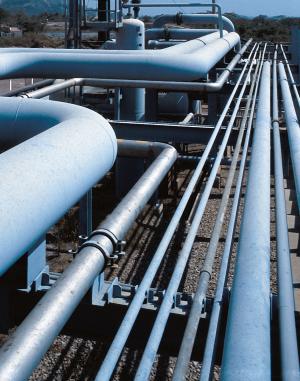Why America’s bridge fuel faces a road block.
Lee Van Atta is vice president–advisors at Ventyx.
In 2009, unconventional shale gas emerged as the dominant driver in North American natural gas markets. Rapid increases in shale gas production and shale-driven upward revisions to the U.S. natural gas resource base have reversed the outlook for the U.S. natural gas supply. In contrast, the economic recession and growing uncertainties around the role of natural gas in power generation have clouded the outlook for natural gas demand. Natural gas has been called the “bridge fuel” for its potential to support the transition to a low carbon U.S. economy. But without a growing market, natural gas could be on a bridge to nowhere.

After peaking in July 2008 at around $13/MMBtu, U.S. natural gas prices fell dramatically in 2009, reflecting oversupply conditions caused by surging shale gas production and the sharp impact of the recession on industrial gas demand. At their lowest, cash prices at Henry Hub fell below $2/MMBtu in September 2009 and the low natural gas prices over the summer caused significant displacement of coal-fired power generation. U.S. natural gas prices rebounded in the second half of 2009 and ended the year in the $5 - $6/MMBtu range.

